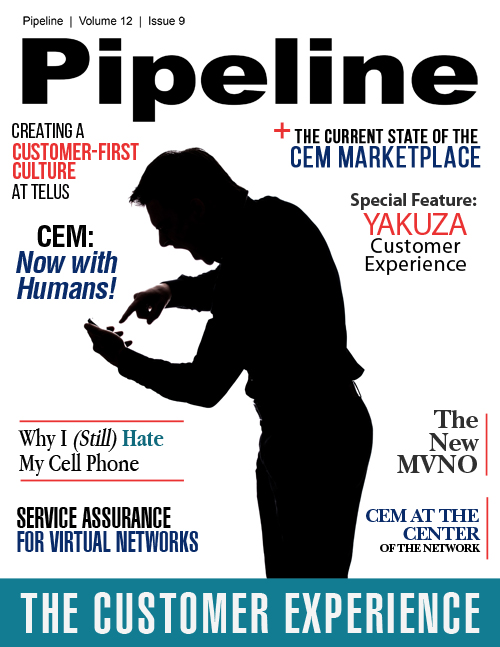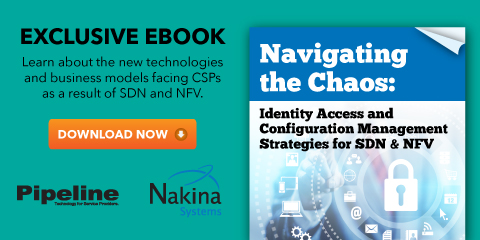CEM - Now with Humans!
By: Alan Zeichick

No smart software would make the angry customer less angry. No customer relationship management platform could understand the problem. No sophisticated HubSpot or Salesforce or Marketo algorithm or plug-in could be able to comprehend that a piece of artwork, brought to a nationwide framing store location in October, wouldn’t be finished before Christmas – as promised. While an online order tracking system would keep the customer informed, it wouldn’t keep the customer satisfied.
I was that angry customer, and the artwork was a planned gift for a dear friend. It was delivered to the framing store long before the holiday season, and the store said it would be done long before Christmas. Yet when I called on the contract’s delivery date, the clerk was apologetic: work was running behind, and it would not be done before the holiday. I called back later to talk to the manager and heard a different excuse: The pre-cut mattes had come in, but were cut incorrectly, and had to be re-ordered from a regional distribution center, and there was no way the promised deadline could be met.
The story played out in a way that left everyone satisfied, and also unsatisfied, and we’ll get to that in a moment. Let’s just say, though, that technology was not this store’s friend. No automated systems to alert the patiently-waiting customer that the process missed an internal milestone, or as we’d say in the IT field, “threw an exception.” No way to understand the emotional impact of the delay, as well as the sense of betrayal. No way to be proactive, present alternatives, fix the problem the first time.
It’s All About Communication
Think about how Amazon.com or FedEx or Netflix keep you constantly informed about what’s happening with your products and services. They have realized that the key to customer success is equally product/service excellence and communications excellence. When I was a kid, you mailed a check and an order form to Sears Roebuck, and a few weeks later a box showed up in the mail. That was great customer service in the 1960s and 1970s. No more. We demand communications.
We demand proactive communications, in the form of immediate order feedback, emails letting us know that the product is being prepared for shipping, has shipped, here’s the tracking number, here’s an estimated delivery date, and here’s a link to subscribe to text alerts about your package. Think about how Uber tells you not only that your driver is five minutes away, but tells you what type of car is coming, what color it is, and even the license plate. Whether it’s illusion or reality, we want to be in charge of the transaction.
We also demand reactive communications, so that we can log into websites and see the status of our order. We want to be able to pick up the phone and talk to a live human being – and not be directed to a website. We don’t want to hear, “Call volumes are higher than expected. The estimated wait time is 45 minutes. Please remain on the line. Your call is important to us. For more immediate service, please visit our website.” (If I wanted to use a website, or could find the information there, believe me, I wouldn’t be calling a customer service telephone number in 2016.)





















